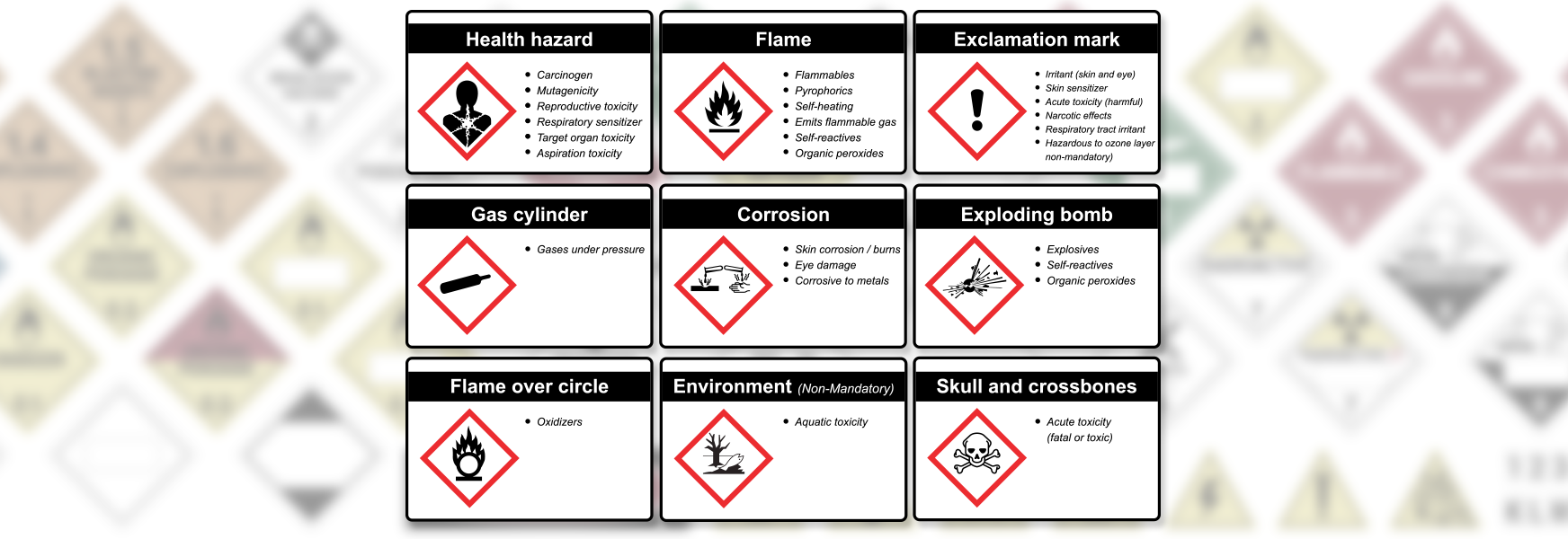Are We Out of Tune? Part 1

Proposed Changes to the Globally Harmonized System
When OSHA adopted the Globally Harmonized System (GHS) on March 26, 2012, it had been 25 years since the Hazard Communication Standard (29 CFR 1910.1200) had been updated to include all industries where employees are potentially exposed to hazardous chemicals. Many of us thought that it might be another 25 years before we saw any additional significant changes in the law.
We were definitely wrong!
In Part 1 of this blog, we will explore the history behind the alterations to GHS and the reasons why the potential changes are important to the United States.
To understand why it has been only five years since the last portion of GHS was implemented (labeling and training updates), and why changes are already being proposed, we have to look at the source of the Globally Harmonized System.
- In 1992 the United Nations held the UN Conference on Environment and Development (UNCED) in Rio de Janeiro. UNCED issued a mandate calling for the development of a globally harmonized chemical classification and labeling system. The mandate read “A globally harmonized hazard classification and compatible labeling system, including material safety data sheets and easily understandable symbols, should be available, if feasible, by the year 2000.” (EHS.com)
- In 2003, GHS adoption was endorsed by the Economic and Social Council of the United Nations and the first edition of GHS was published and by 2006 OSHA published an Advanced Notice of Proposed Rulemaking (ANPR) on GHS. During this time the first edition was edited in several key areas and then a second revised edition was created.
- A third edition of the standard was created in 2009 and by 2010, 67 countries had started using the GHS based on that edition.
When we fast forward to 2021, we see that the United Nations has now adopted seven (7) GHS revisions in total and that we are no longer “in tune” with the “harmonized” system. Several changes to bring us back into alignment with revision seven are needed and being proposed by OSHA.
Individuals were allowed to make comments of the proposed rulemaking from February 5, 2021, to May 19, 2021. (OSHA.gov) It is also expected that the proposed changes will bring us closer to alignment with Canada as key differences in labeling requirements are causing issues on both sides of the border.
A “red-lined” version of the current standard (all 228 pages) is available at OSHA.gov to show all of the proposed changes within their context in the Hazard Communication Standard (HCS). It will be immediately apparent to anyone researching the changes, that the United States version of GHS is now extremely outdated and that to remain consistent with the rest of the world, OSHA must “orchestrate” these changes quickly to prevent us from having to go “solo.”
OSHA is also going to have to “face the music” in its efforts to stay up to date with the most current UN version of GHS if it wants to avoid these same issues in another five years.
Part 2 of this blog will explore several of the proposed changes to the United States’ version of GHS and how they could impact both manufacturers and consumers alike.

